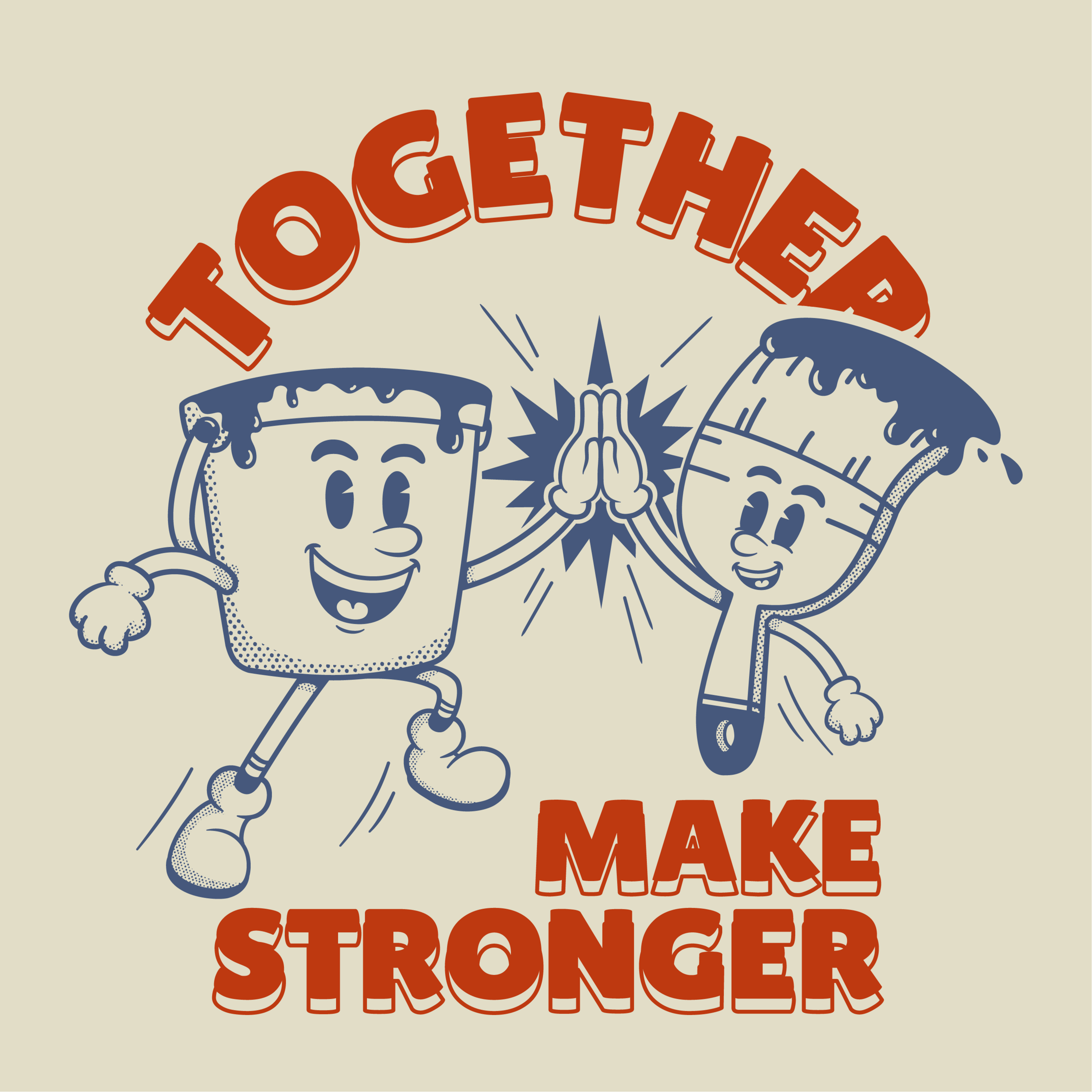The Guardian recently ran an article about fiber optic drones becoming one of the deadliest weapons in Russia’s invasion of Ukraine. “Experts estimate that drones of all types now contribute to about 70% to 80% of military casualties on both sides,” begins one paragraph before concluding with the observation, “cheap remotely piloted vehicles are increasingly taking the place of artillery.”
Reading those words, it was hard not to recall the fawning media coverage about nature photographers using the same technology to capture “amazing drone’s-eye views of our world,” or event organizers using it to document parties in innovative, cost-effective ways.
Drones can indeed be used to showcase a hotel’s seaside pool, or to take photos of interesting birds midflight. But from the moment this technology was publicized, it was obvious that its most lucrative and research-intensive applications would be violent.
Yet many communications professionals—whether they worked in media newsrooms or marketing departments—chose to emphasize the fun, consumer-facing aspects of the product instead while ignoring its exceptionally clear potential for hurting people.
It’s time for our industry to stop being so credulous.
Some products or services really are morally neutral. A spreadsheet software tool is sometimes just a spreadsheet software tool—its creators can’t be blamed if some people use it to track their retirement savings while others use it to track their financial crimes. Comms pros who promote such a tool’s adoption can do so with a clean conscience.
But it’s not hard to imagine a less-innocent scenario, where the spreadsheet software tool is the creation of a company with links to the weapons industry or even less savory actors. Those links might be advertised publicly, or hidden behind a smokescreen of subsidiaries, shell companies, and legal semantics.
Comms agencies that are good at their work tend to be curious and resourceful. We can’t pretend to be ignorant about the people and products we’re telling the public to trust. In all but the rarest cases, the agency knows what it wants to know.
Business is never as pure or idealistic as we might want it to be. It does have ethical boundaries, though, and these are especially important at inflection points like the one we’re in now.
Because the last word is rarely the end of the conversation.
Much like penguins, we enjoy bringing you little gifts to show we care:
A new study in Scientific Reports found that most people consider their relationship with their dog to be more satisfying than their closest human friendships.
The Center for Global Development is hiring a full-time Communications Manager based in Washington DC, with a starting salary of $72,000-$83,000 plus benefits.
The British royal family is providing a fine case study in how “transparency” without honesty might be the most off-putting comms strategy of all.

If the 2010s were an era of diversity in media, the 2020s are one of consolidation. This presents obvious challenges when trying to get small or medium organizations mentioned in the news. Success depends on riding the waves that already exist, instead of trying to make new ones.
Press releases sometimes feel like relics from a simpler, more innocent time. Much like fax machines, most people are aware they continue to exist. What’s less clear: who actually uses these things in 2025? And for what purpose?

The ability to not sound like you were just lobotomized by a team of nonprofit execs with MBAs has become a way to stand out. It's “riskier” in a sense, because it’s easier for people to tell what you’re actually saying—and potentially criticize it. On the other hand, nobody’s listening to the jargon jockeys anymore.

When we founded this agency last year, we had a pretty straightforward idea of how we’d run our business: do good work with our own hands, communicate honestly, and treat people fairly. We thought this would be the simplest path to earn a decent living and contribute something to human society. After a year of this experiment, here’s what we’ve found...

Working with people you think are interesting is good for your own personal and career growth. If their ideas are good enough to work on for free, someone will eventually pay them for that, and you’ll have forged a professional relationship—or better, a friendship—with someone smart.

There’s nothing wrong with media outlets exploring new revenue streams, and newsrooms are always fluctuating in size. But outlets can only hollow out their core product so much before it collapses entirely, and a growing number of media organizations seem to be reaching that point now. Live events are not going to save them.
Comms agencies that are good at their work tend to be curious and resourceful. We can’t pretend to be ignorant about the people and products we’re telling the public to trust. In all but the rarest cases, the agency knows what it wants to know. Business is never as pure or idealistic as we might want it to be. It does have ethical boundaries, though, and these are especially important at inflection points like the one we’re in now.
We humans like to explore for exploring’s sake. We’re pleased when we find an unexpected beautiful thing, and we feel a sense of satisfaction when we “discover” something that’s not immediately obvious to the casual observer. People want to spend time in environments where these opportunities are available—which is something to consider when building (or updating) your website.
Nonprofits shouldn't have to beg for funding to provide vital services. But with federal funding suddenly scarce—and thousands of organizations scrambling to attract attention from the big donors that remain—a new kind of comms strategy is needed.

The platform doesn't drive traffic to your site. The ads don't convert. And these days most of the "engagement" comes from spam bots or virulent bigots. It's time to move on from Twitter—but to where?
Everybody loves talking about the importance of "storytelling" for building your organization's name recognition. And it really can work—but it requires more planning and effort than firing off the occasional blog post or Instagram post.

If your nonprofit or small business has a clear message to share about a concrete goal it wants to achieve, video can do that better than any other medium—if it's done right.

Today, even a glowing review in the New York Times doesn't move the needle that much. Getting people's attention takes a more creative approach. And it all hinges around owning the means of (content) production.

In the inaugural issue of A Better Way to Say That, we explore important questions like why does this newsletter exist? and why does PSE exist, for that matter? We also share a roundup of exciting new book launches, events, and job postings—along with perhaps the most effective fundraising email ever written. As far as business-y newsletters go, it's a fun read!


